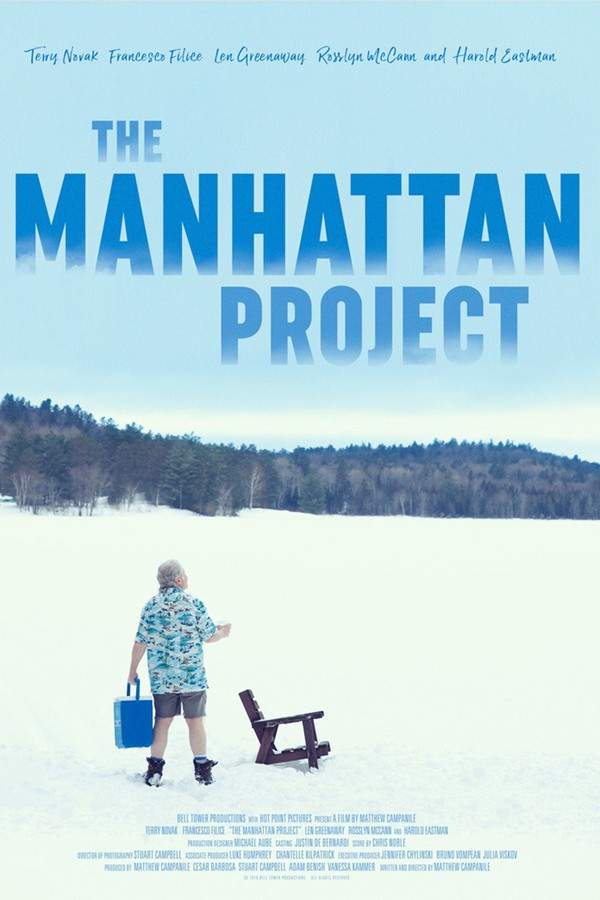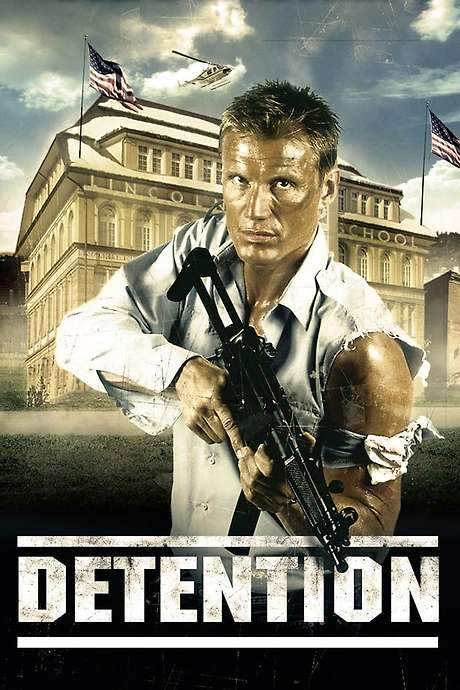
The Man Who Stole the Sun
Year: 1979
Runtime: 147 mins
Language: Japanese
Director: Kazuhiko Hasegawa
Mocked by his students, a high‑school science teacher’s life changes when the school bus is seized during a trip. While the students fear the hijackers, the teacher hides a far darker secret: in his modest apartment he is secretly assembling an atomic bomb, turning a routine school outing into a deadly showdown.
Warning: spoilers below!
Haven’t seen The Man Who Stole the Sun yet? This summary contains major spoilers. Bookmark the page, watch the movie, and come back for the full breakdown. If you're ready, scroll on and relive the story!
Timeline & Setting – The Man Who Stole the Sun (1979)
Explore the full timeline and setting of The Man Who Stole the Sun (1979). Follow every major event in chronological order and see how the environment shapes the story, characters, and dramatic tension.
Last Updated: October 04, 2025 at 17:31
Main Characters – The Man Who Stole the Sun (1979)
Meet the key characters of The Man Who Stole the Sun (1979), with detailed profiles, motivations, and roles in the plot. Understand their emotional journeys and what they reveal about the film’s deeper themes.
Last Updated: October 04, 2025 at 17:31
Major Themes – The Man Who Stole the Sun (1979)
Explore the central themes of The Man Who Stole the Sun (1979), from psychological, social, and emotional dimensions to philosophical messages. Understand what the film is really saying beneath the surface.
Last Updated: October 04, 2025 at 17:31
Unlock the Full Story of The Man Who Stole the Sun
Don't stop at just watching — explore The Man Who Stole the Sun in full detail. From the complete plot summary and scene-by-scene timeline to character breakdowns, thematic analysis, and a deep dive into the ending — every page helps you truly understand what The Man Who Stole the Sun is all about. Plus, discover what's next after the movie.
The Man Who Stole the Sun Summary
Read a complete plot summary of The Man Who Stole the Sun, including all key story points, character arcs, and turning points. This in-depth recap is ideal for understanding the narrative structure or reviewing what happened in the movie.

Similar Movies to The Man Who Stole the Sun
Discover movies like The Man Who Stole the Sun that share similar genres, themes, and storytelling elements. Whether you’re drawn to the atmosphere, character arcs, or plot structure, these curated recommendations will help you explore more films you’ll love.
Explore More About Movie The Man Who Stole the Sun
The Man Who Stole the Sun (1979) Plot Summary & Movie Recap
The Man Who Stole the Sun (1979) Scene-by-Scene Movie Timeline
The Man Who Stole the Sun (1979) Spoiler-Free Summary & Key Flow
Movies Like The Man Who Stole the Sun – Similar Titles You’ll Enjoy
The Manhattan Project (1986) Film Overview & Timeline
3 Holes and a Smoking Gun (2015) Detailed Story Recap
Atomic Twister (2002) Detailed Story Recap
Detention (2003) Ending Explained & Film Insights
Sun Scarred (2006) Full Summary & Key Details
Into the Sun (2005) Film Overview & Timeline
Thunder Run (1985) Full Movie Breakdown
The Sun Stands Still (2021) Plot Summary & Ending Explained
World for Ransom (1954) Full Summary & Key Details
The Sun’s Burial (1960) Movie Recap & Themes
The Thief (1952) Movie Recap & Themes
All Revved Up (1998) Film Overview & Timeline
Blood on the Sun (1945) Complete Plot Breakdown
A Bomb Was Stolen (1962) Ending Explained & Film Insights
Tokarev (1994) Plot Summary & Ending Explained

















